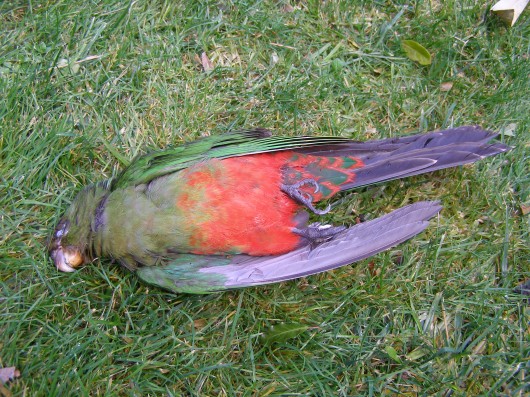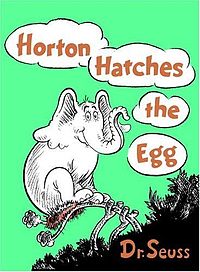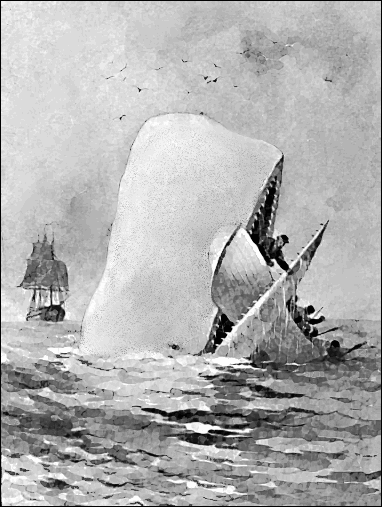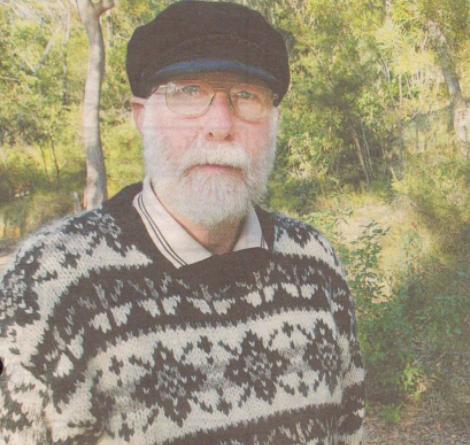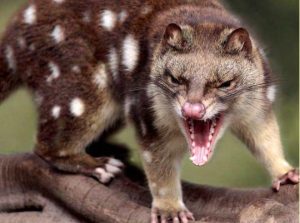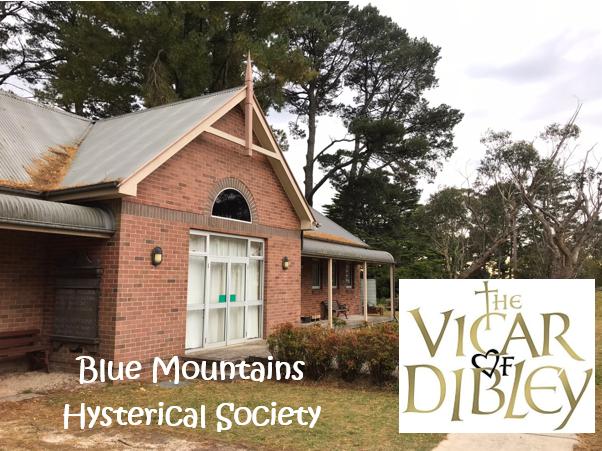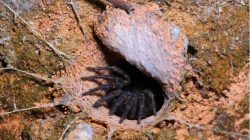My ‘Pagan’ – a tribute to loved animals lost
Pagan, a gentle spirit
Pagan didn’t mind the rain
He’s in the garden now, his favourite place
Now two foot down
It’s raining now. Pagan won’t mind
I killed him this morning
I buried him this morning
While he was still warm
He was killing the wildlife
He was killing and eating more birds
I saw him in Phil’s garden eating a Rosella
Yeah it was the right thing to do by the wildlife
But now the guilt is a sledge hammer. He trusted me and I have betrayed him.
When they injected him he stopped shivering in fear His head went limp in my hand
Then Pagan was gone forever.
….
.
Reflections
Native King Parrots must come before introduced pets. We made a bad naive decision by acquiring a cat from the RSPCA while living in the Blue Mountains. Ten years later, I made a hard and personally traumatic decision to have my devoted and trusting cat put down at the local vet humanely and out of respect to carry him home and bury him in our garden. The photo is why I came to a moral decision to end his life early. I value wildlife absolutely, but I cannot forgive myself for killing an animal because of my own poor original judgment and internal moral conflict. The morality continues to trouble me. Pagan was a beautiful trusting animal, who trusted me unconditionally, despite him being a cat.
.
.
[A contribution from our Investigator]…‘I hope all is well.
You might like to read this very touching prose called “Rainbow Bridge:”
.
‘Rainbow Bridge’
.
‘Just this side of heaven is a place called Rainbow Bridge.
When an animal dies that has been especially close to someone here, that pet goes to Rainbow Bridge.
There are meadows and hills for all of our special friends so they can run and play together.
There is plenty of food, water and sunshine, and our friends are warm and comfortable.
All the animals who had been ill and old are restored to health and vigor; those who were hurt or maimed are made whole and strong again, just as we remember them in our dreams of days and times gone by.
The animals are happy and content, except for one small thing; they each miss someone very special to them, who had to be left behind.
They all run and play together, but the day comes when one suddenly stops and looks into the distance. His bright eyes are intent; His eager body quivers. Suddenly he begins to run from the group, flying over the green grass, his legs carrying him faster and faster.
You have been spotted, and when you and your special friend finally meet, you cling together in joyous reunion, never to be parted again. The happy kisses rain upon your face; your hands again caress the beloved head, and you look once more into the trusting eyes of your pet, so long gone from your life but never absent from your heart.
Then you cross Rainbow Bridge together….’
[Author unknown].
[Source: ^http://www.petloss.com/rainbowbridge.htm]
.
To Those I Love
And Those Who Love Me
(Author Unknown)
When I am gone, release me, let me go.
I have so many things to see and do.
You mustn’t tie yourself to me in tears.
Be happy that we had so many years.
I gave you my love, you can only guess,
How much you gave to me in happiness.
I thank you for the love each of you has shown.
But now it’s time I traveled on alone.
So grieve awhile for me, if grieve you must
Then let your grief be comforted by trust.
It’s only for awhile that we must part
So keep the memories within your heart.
I won’t be far away, for life goes on.
So if you listen with your heart, you’ll hear
All of my love around soft and clear.
And when you must come this way alone,
I’ll greet you with a smile, and say,
“Welcome Home”
.
[Source: ^http://cyberscots.com/poems.htm#t].
.
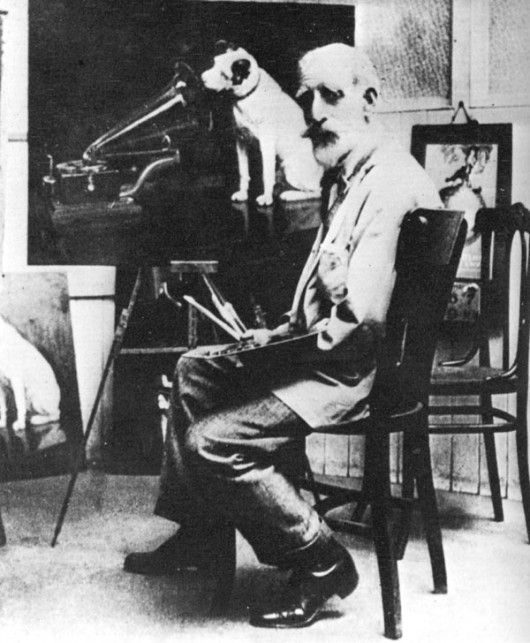 The origins of His Master’s Voice
The origins of His Master’s Voice
.
.
We cannot learn enough from animals, no matter what our age. A child who has learned to love a pet is better prepared for life.
Three stories about love and respect for animals that children should read, respectively as they grow into teenagers are as follows. Readers are welcome to comment and suggest others.
.
‘Horton Hatches the Egg’
(Recommended for perhaps ages 4-8 years)Available from Random House (publisher):
^http://www.randomhouse.com/book/43033/horton-hatches-the-egg-by-dr-seuss
.
‘Ring of Bright Water’
(A film – recommended for perhaps ages 8 years to late teens).
‘Ring of Bright Water’ (1969) is a British feature film starring Bill Travers and Virginia McKenna in a story about a Londoner and his pet otter living on the Scottish coast. The film was based upon a 1960 autobiographical book of the same name by Gavin Maxwell.
Available from:
^http://www.imdb.com/title/tt0064893/
.
‘Moby Dick’
(Recommended for perhaps ages 13 years and into early adulthood).
‘Moby Dick’ (The Whale) is a novel by Herman Melville, first published in 1851. It is considered to be one of the greatest novels of world literature.
Available from:
^http://www.barnesandnoble.com/w/moby-dick-herman-melville/1100026423
.
.
‘Animals and Us’
~ a college short course at Schumacher College (Totnes, Devon, England) [Source: Darlington Hall Trust, ^http://www.dartington.org/sustainability/animals-and-us].
Timing: 20120618-22
.
Teachers:
- Jonathan Balcombe (by videolink)
- Marc Bekoff (by videolink)
- Richard Ryder
- Rachel Hevesi
- Satish Kumar
.
‘Our relationship to animals says a great deal about our society and how we relate to the natural world as a whole. What can we learn from this? And what should we change as a result?
This course offers a comprehensive look at current work around all things non-human including animal behaviour, welfare and philosophy. Experts from a range of fields will work with participant to address how animals can help guide us in building a more sustainable role for humans within the natural world.
Since prehistoric times, human societies have hunted, eaten, worshipped, painted, sacrificed, loved, farmed, and dissected animals. What can we learn from animals at this point in our history?
In our modern, increasingly urbanised age, most people are more disconnected from animals than ever before, and at the same time there is a huge amount of discussion and concern about how we treat animals. How might we change our behaviour in light of what non-human species show us?
This is a course for all those who want to explore and reflect on the exciting and deeply revealing worlds in which animals live and develop. This is a wonderful opportunity for people who want to relate these dynamic discoveries to our own species and our relationship with the natural world.
.
Course Outline
.
Richard Ryder will discuss the history of the human-nonhuman relationship.
Participants will cover a broad spectrum of history: the days of cave painting some 20,000 years ago through Ancient Egypt, the development of the great religions, the impact of the Black Death and the Renaissance, to the Enlightenment, the Victorians and the Animal Rights Movement of the twentieth century.
Jonathan Balcombe and Marc Bekoff will present findings from recent studies in animal perception, cognition, communication and emotions.
The study illustrates the depth and range of experience animals have. They show that the popular perception that life for animals is a continuous, grim struggle for survival is misguided: as pleasure-seekers, animals’ lust for play, sex, touch and food holds important lessons about how we ought to lead our own lives.
Rachel Hevesi will focus on non-human primates and how our understanding and perception of these, our closest biological relatives, informs our understanding of our biological, social and ethical heritage as human primates.
Participants will look at how studies of primates in their natural habitat and in captivity may illustrate our preconceptions about our own place in the natural world whilst remembering that they have their own intrinsic value as individuals, as species and as parts of ecosystems in the web of life.
During this course you will be invited to reflect on the evolution of your own feelings about animals.
- How does the predator/prey relationship found throughout the natural world sit with the human desire to have companion animals?
- What role will animals play in human life in the future when most people live in crowded cities?
- Is it possible – or desirable – to think about animals without reference to human needs?’
.
Ed: I would have gained an enormous value from having attended this course.
.
Postscript:
.
‘Sad end for Sam the cat’
[Source: ‘Sad end for Sam the cat’, by Damien Madigan, Blue Mountains Gazette, 20120704, ^http://www.bluemountainsgazette.com.au/news/local/news/general/sad-end-for-sam-the-cat/2612987.aspx?storypage=0]A pet cat had its legs broken and had to be destroyed after becoming snared in a trap during an eradication project the council forgot to inform residents about.
Burns Road resident John Tylor’s moggy Sam had two legs broken after becoming snared in the trap intended for wild dogs last Thursday, and had to be destroyed on the spot.
Blue Mountains City Council admitted it was an “oversight” residents in the area were not given letterbox notification about the nearby traps. “In the event that it is necessary to undertake any trapping in the future, officers will ensure that the letter drop advice occurs as with previously successful programs, to ensure that the community is well informed and can manage their domestic animals to avoid the risk of injury,” a council spokesperson said.
Mr Tylor said the tragic outcome could have been avoided if he had been notified of the danger.
“I would have locked the cat inside for those few days [if I had known],” he said.
The pet dog of another Burns Road resident, Ian Watson, was also caught in a trap but was lucky to escape without any broken bones.
“While two of the fire trails where these traps were set are well away from housing, the trap which caught our pet was only 150 metres from a house,” he said in a letter to the Gazette.
“What’s more the trap was right at the side of the fire trail, not three metres into the bush, as is intended . . . There is something badly awry when domestic pets are being caught in this way.
“Our real fear is what would happen if a young child walked along that fire trail and stepped into such a device.”
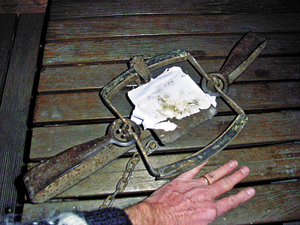
Local ward councillors responded quickly after being alerted to the threat to domestic pets. “It’s good to have the assurance from council staff that this oversight won’t be made again,” said Ward 3 Clr Brendan Luchetti.
Ward 3 Labor Clr Alison McLaren said it was “unfortunate that residents in Springwood weren’t notified of the traps as it may have avoided a family losing their pet”. “Wild dog control is important but we need to ensure that in future all residents are informed that the traps are in place to avoid family pets, or worse, children being injured in a trap,” she said.
The council and National Parks and Wildlife Service began a trapping program in the Blaxland to Springwood area in recent months after receiving complaints about wild dogs.
The council spokesperson said it was “very unusual” for a domestic cat to be caught in the program since it was targeted specifically at wild dogs “and only canines have been captured since the first program approximately two years ago”.
While Burns Road residents weren’t notified via notices in their letterboxes, A3-sized signs were erected along the fire trail where the traps were placed.
 Sam
Sam
.
Comments
I found this article a refreshing and positive step forward to enlightening the public of how we should be, especially with the issue of cats. I lived in the UK for years and my husband’s cats brought home voles, shrews and native birds which I’d do my best to rescue and return to the woods. It made me realise what little native animals and birds we might still have if it weren’t for hundreds of years of companion animals. When I preach to people how bad this is I’m told “It’s what cats do!” like I’m some sort of idiot. We should all be more aware and sympathetic to our natural surroundings. Having said that, we’ve been adopted by an emaciated little kitten that we’re nursing back to health. I can’t see her be another victim of human idiocy. With this one, it will be housed responsibly. Keep up your good work.
Julie, Dec 2018
